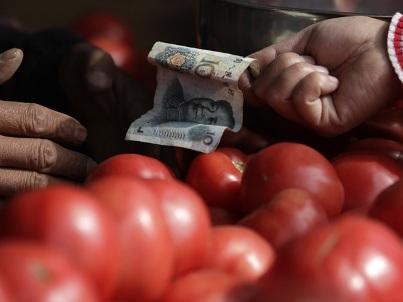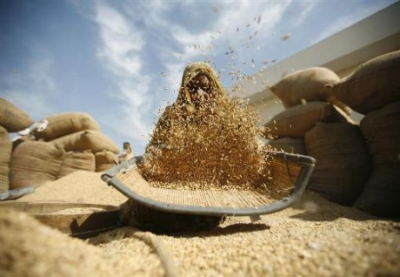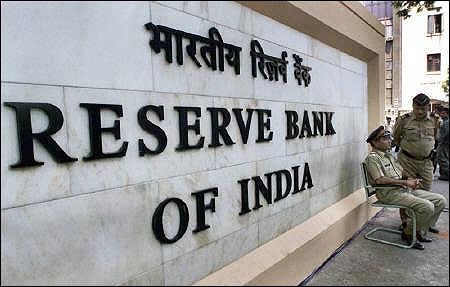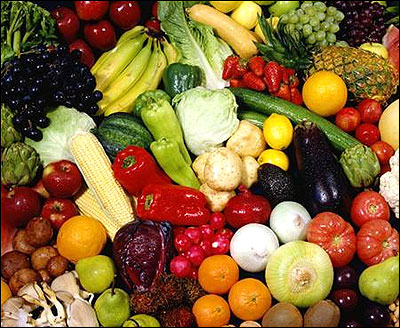 | « Back to article | Print this article |
Food inflation rises, no relief for next 6 months
Food inflation in March stood at a five-month high of 9.94 per cent.
And, food prices are unlikely to decline in the next six months, due to factors ranging from increasing demand to production shortfall, especially of vegetables.
Experts said onion prices, which are seeing deflation, are also headed to high-inflation territory in the coming months.
Wholesale price-based food inflation stood at 6.07 per cent in February.
Click NEXT to read further. . .
Food inflation rises, no relief for next 6 months
It had seen deflation a month earlier.
The rate of price rise for vegetables rose to 30.57 per cent in March from 1.52 per cent in February.
Tomato prices rose 84 per cent, against five per cent in February, while the prices of ladies finger rose 59 per cent, against 6.29 per cent and those of cauliflower by 26 per cent, compared with 1.8 per cent in February.
Click NEXT to read further. . .
Food inflation rises, no relief for next 6 months
There was a shortage of vegetable production, and this had led to this increase in prices, said Madan Sabnavis, chief economist, CARE Ratings.
"This is definitely not a base effect, and I have never seen such a jump in inflation in such a short span of time," he said.
Ramesh Chand, director, National Centre for Agricultural Economics and Policy agreed there was no base effect, saying prices would only rose from here.
"Food inflation will hover in double digits, at 9-10 per cent in the long run," he said.
Click NEXT to read further. . .
Food inflation rises, no relief for next 6 months
"Ladies finger is a summer vegetable, but what ticked inflation was the prolonged winter in North India, which delayed the picking of the vegetable," he said. Tomato production may not be good, as the area under cultivation for the crop was less in Punjab, Haryana and other states.
"The decline in area under cultivation could be a reason, since the weather did not hit production and there was no major disruption in supply. This could possibly explain the sudden spurt," Chand said.




